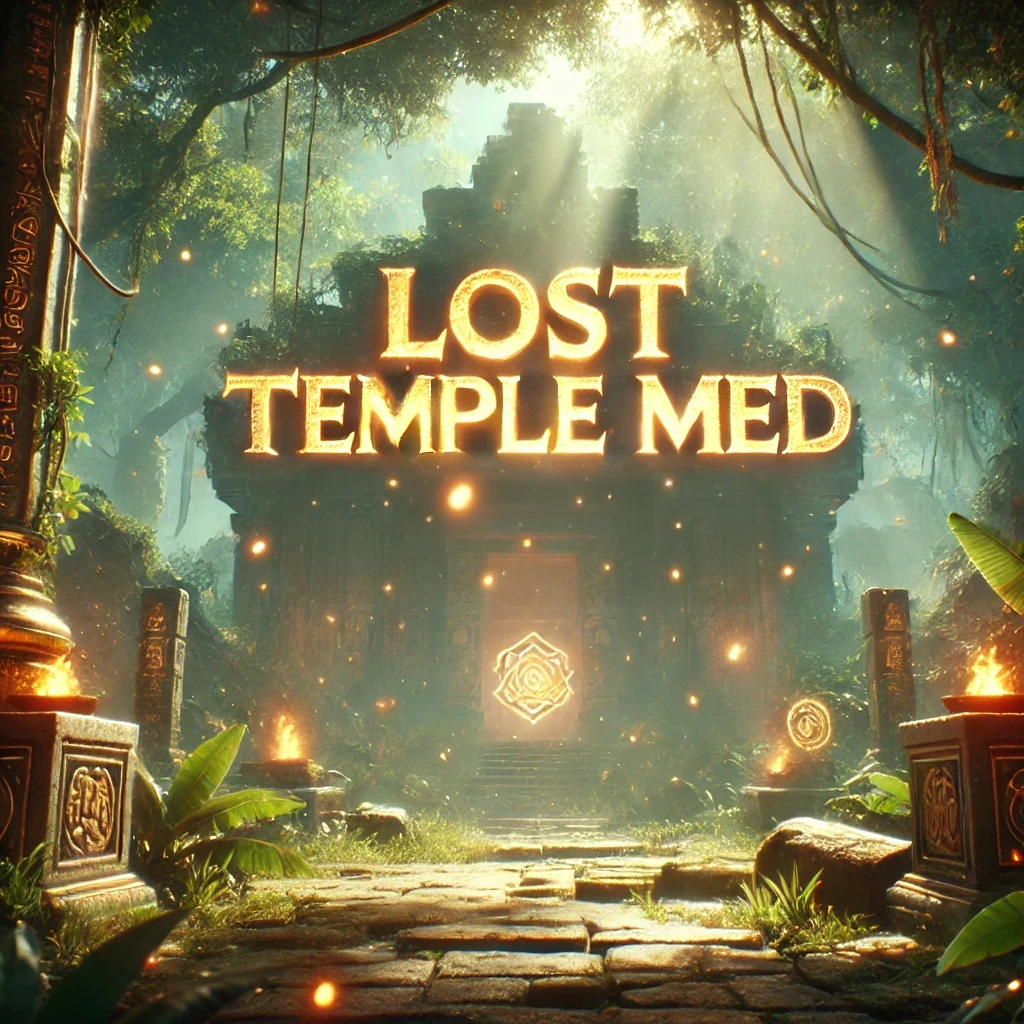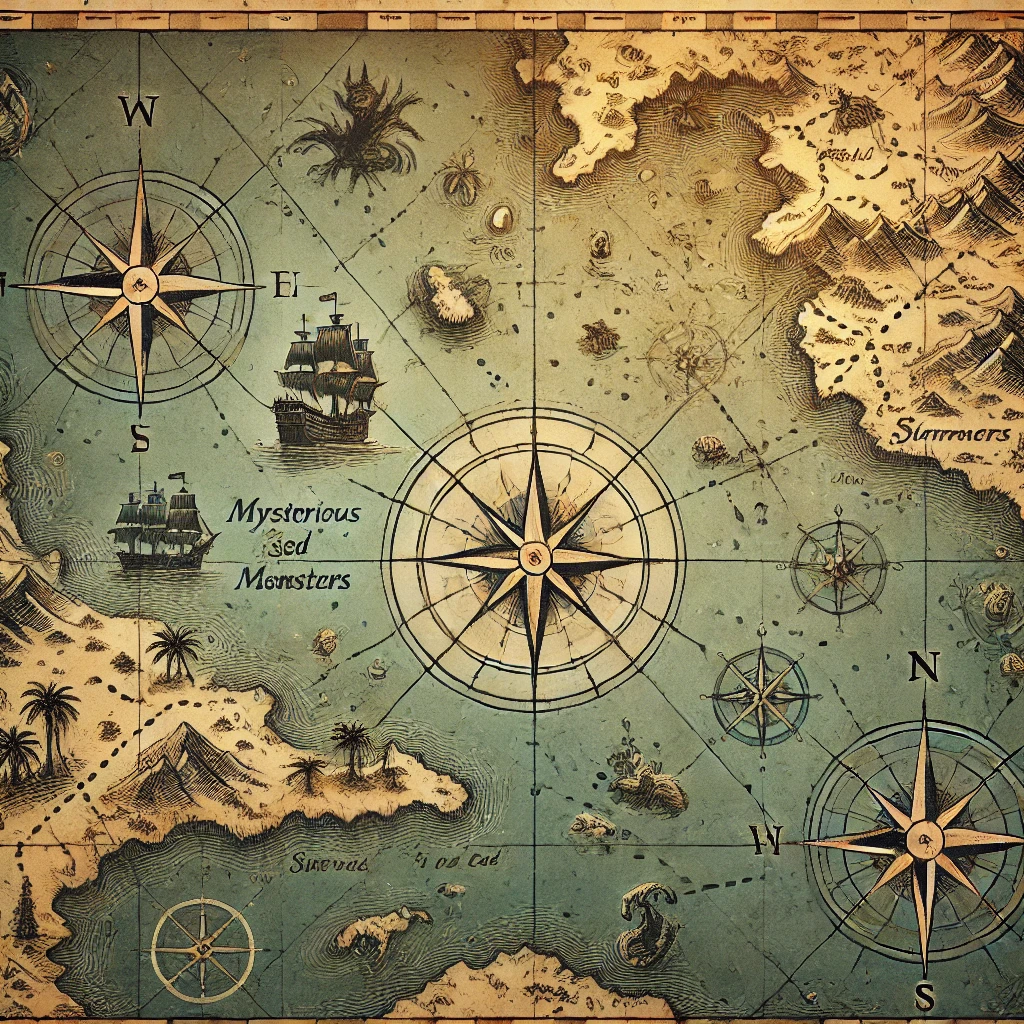Throughout human history, temples have stood as testaments to our innate desire to connect with something greater than ourselves. These structures weren't merely buildings; they were symbols of cultural identity, repositories of knowledge, and centers of community life.
Cultural Heritage
Temples often represent the pinnacle of a civilization's artistic and architectural achievements. The intricate carvings, massive columns, and precise astronomical alignments showcased not only religious devotion but also the technical and artistic skills of the culture that created them.
These structures preserve the stories, myths, and values of past civilizations, allowing us a window into how our ancestors viewed the world and their place in it.
Medical Knowledge
Many ancient temples were centers of healing and medical practice. Egyptian temples contained medical papyri with detailed instructions for treating various ailments. Greek temples dedicated to Asclepius served as the first hospitals, where priest-physicians would treat patients using methods that combined ritual with practical medical knowledge.
These temple-hospitals documented case histories and treatments, creating some of the earliest medical texts that would eventually form the foundation of Western medicine.


